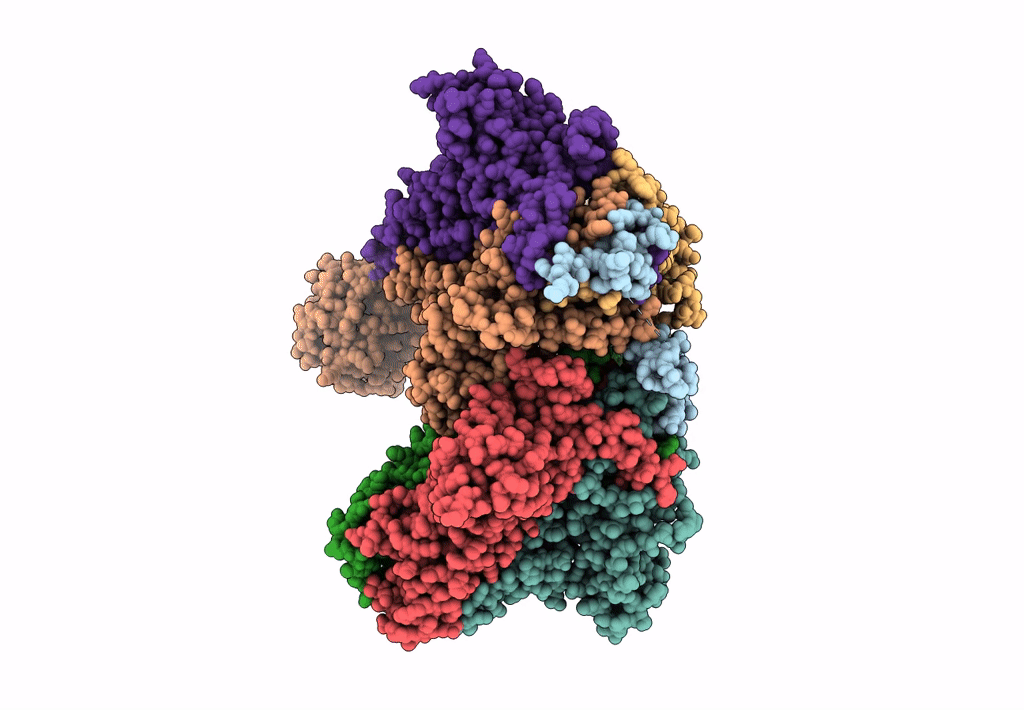
Deposition Date
2018-05-15
Release Date
2018-10-17
Last Version Date
2024-05-15
Entry Detail
PDB ID:
6GJ3
Keywords:
Title:
The baseplate complex from the type VI secretion system
Biological Source:
Source Organism:
Escherichia coli (Taxon ID: 562)
Host Organism:
Method Details:
Experimental Method:
Resolution:
4.30 Å
Aggregation State:
PARTICLE
Reconstruction Method:
SINGLE PARTICLE


